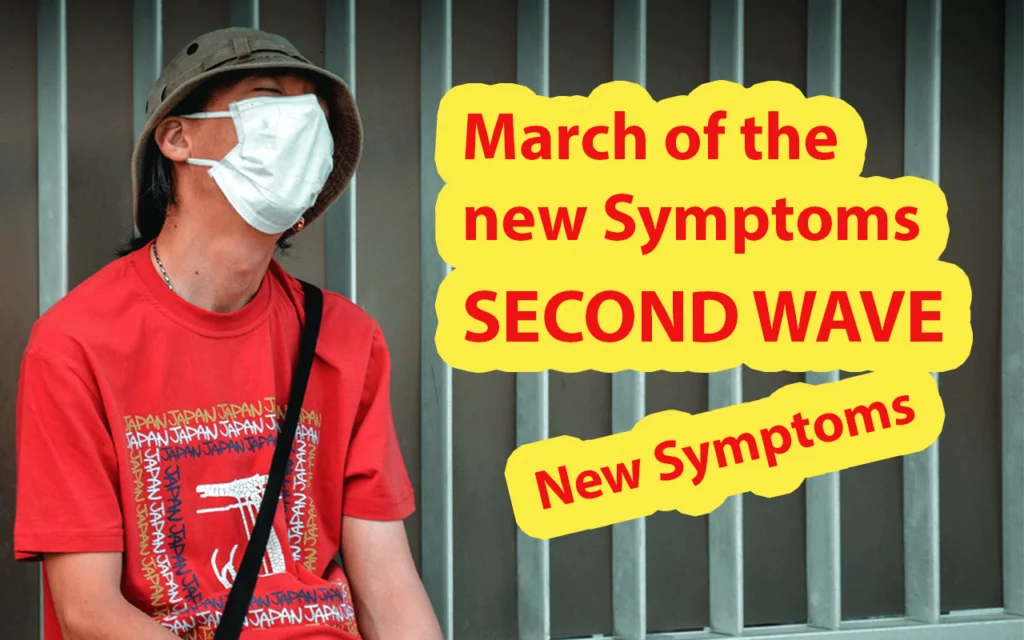In our fast-paced, high-stress world, it’s easy to become overwhelmed by the daily grind. Whether it’s work, personal life, or the pressures of modern society, stress can pile up and leave us feeling physically and mentally drained. Yet, one of the simplest and most effective tools for managing stress is something we do every second of our lives—breathing. More specifically, focusing on the inhale and exhale exercise can transform our mental and physical well-being.
In this blog, we’ll dive into the science behind breathing exercises, the benefits they provide, and how to incorporate them into your daily routine for optimal wellness.
Why Inhale and Exhale Matters
Breathing might seem automatic, but how we breathe can have a profound effect on how we feel. While shallow, rapid breathing is linked to stress, anxiety, and fatigue, slow, deep breaths activate the parasympathetic nervous system, helping us relax, reduce stress, and restore balance.
The way we inhale and exhale regulates our oxygen intake, controls our body’s carbon dioxide levels, and influences our heart rate and nervous system. Conscious breathing can:
- Lower cortisol levels (the stress hormone)
- Reduce blood pressure
- Calm the mind
- Improve focus and mental clarity
- Enhance overall emotional well-being
Understanding the Breathing Process
The process of inhalation and exhalation is governed by the diaphragm, a dome-shaped muscle at the base of the lungs. When we breathe in, the diaphragm contracts, pulling downward to allow the lungs to expand and fill with air. When we exhale, the diaphragm relaxes, and the air is pushed out of the lungs. This continuous cycle delivers oxygen to the bloodstream and removes carbon dioxide.
However, many of us develop bad breathing habits over time, such as shallow chest breathing, especially when stressed. Diaphragmatic breathing, or breathing deeply into the belly, allows the lungs to fully expand, ensuring we get more oxygen with every breath and helping us stay calm and centered.
The Science of Breathing for Stress Relief
The autonomic nervous system governs involuntary processes in the body, including heart rate, digestion, and breathing. It has two main branches: the sympathetic nervous system (responsible for the “fight or flight” response) and the parasympathetic nervous system (responsible for “rest and digest”). When we’re stressed, our sympathetic nervous system is activated, which can lead to rapid, shallow breathing, increased heart rate, and heightened anxiety.
The good news is that breathing exercises can help shift the nervous system back into balance by activating the parasympathetic nervous system. By slowing down our breath, we can slow down our heart rate, reduce anxiety, and cultivate a sense of calm.
Benefits of Inhale and Exhale Exercises
Incorporating simple inhale and exhale exercises into your daily routine can offer a wide range of benefits for both mind and body:
1. Reduces Stress and Anxiety
When practiced regularly, conscious breathing exercises help reduce the production of stress hormones, allowing you to better manage anxiety. Deep, rhythmic breathing slows down your heart rate and signals your body to relax, which can help you stay calm in stressful situations.
2. Improves Focus and Clarity
Mindful breathing helps bring your attention to the present moment, a cornerstone of mindfulness meditation. By focusing on your breath, you can clear your mind of distractions and improve your focus, making it easier to concentrate on tasks.
3. Boosts Emotional Regulation
Breathing exercises help stabilize emotions by providing a tool to manage stressful or overwhelming feelings. The act of focusing on your breath can give you a moment of pause, allowing you to respond to situations calmly and thoughtfully.
4. Promotes Better Sleep
For those struggling with insomnia or difficulty falling asleep, inhale and exhale exercises can help by promoting relaxation and reducing the racing thoughts that often keep us awake. Deep breathing before bed signals to the brain that it’s time to rest, making it easier to drift off to sleep.
5. Enhances Physical Performance
Deep breathing improves lung capacity and oxygenates the muscles, which can enhance physical performance and endurance. It also helps remove metabolic waste from the body, ensuring that you recover faster after exercise.
6. Supports Cardiovascular Health
Conscious breathing techniques can help lower blood pressure and reduce the risk of heart disease by improving circulation and promoting relaxation.
Simple Inhale and Exhale Breathing Techniques
Here are some easy-to-follow breathing exercises that you can try anytime, whether you’re at work, home, or dealing with stressful situations.
1. Diaphragmatic (Belly) Breathing
This basic technique is perfect for beginners and can be done anywhere.
How to do it:
- Sit or lie down in a comfortable position.
- Place one hand on your chest and the other on your belly.
- Take a deep breath through your nose, letting your belly rise as you inhale. The hand on your chest should stay still while the hand on your belly moves.
- Exhale slowly through your mouth, feeling your belly lower.
- Repeat for 5-10 minutes.
This exercise helps activate your parasympathetic nervous system and calms your mind.
2. Box Breathing (4-4-4-4)
Box breathing is often used by athletes and the military to help manage stress in high-pressure situations.
How to do it:
- Inhale deeply through your nose for a count of 4.
- Hold your breath for a count of 4.
- Exhale slowly for a count of 4.
- Hold your breath again for 4 seconds before repeating the cycle.
Do this for 5-10 rounds to experience a calming effect and enhance focus.
3. Alternate Nostril Breathing (Nadi Shodhana)
This ancient yogic technique helps balance the body’s energy and promotes mental clarity.
How to do it:
- Sit comfortably with your spine straight.
- Close your right nostril with your thumb and inhale deeply through the left nostril.
- Close your left nostril with your ring finger and exhale through the right nostril.
- Inhale through the right nostril, then switch, exhaling through the left.
- Repeat for 5-10 cycles, alternating sides.
This exercise helps balance the nervous system and calms the mind.
4. 4-7-8 Breathing
This technique is excellent for relaxation and sleep.
How to do it:
- Inhale quietly through your nose for a count of 4.
- Hold your breath for a count of 7.
- Exhale completely through your mouth for a count of 8.
- Repeat for 4-5 cycles.
This breathing pattern calms the nervous system and promotes relaxation, making it perfect for bedtime.
How to Incorporate Inhale and Exhale Exercises Into Your Routine
Here are some practical ways to make breathing exercises a regular part of your day:
- Morning Routine: Start your day with 5 minutes of deep breathing to set a calm tone for the day.
- During Work Breaks: Take short breaks throughout the day to focus on your breath and reduce tension.
- Before Sleep: Practice 4-7-8 breathing to unwind and relax before bed.
- During Stressful Moments: Use box breathing or diaphragmatic breathing to calm yourself during stressful situations.
Conclusion
The simple act of consciously focusing on your inhale and exhale can transform your well-being, reducing stress, enhancing focus, and promoting relaxation. By incorporating breathing exercises into your daily routine, you can take control of your mental and physical health, one breath at a time.
Start small, stay consistent, and watch as this powerful practice becomes an integral part of your wellness journey.
How Vogue Wellness is Helping
At Vogue Wellness, we believe that true well-being begins with the basics, and breathing is at the core of a balanced, healthy life. Our wellness programs integrate inhale and exhale exercises into daily routines, ensuring that you have the tools you need to reduce stress, improve mental clarity, and enhance your overall health. Through guided breathing techniques and personalized wellness plans, Vogue Wellness empowers individuals to harness the power of mindful breathing for a more centered, peaceful life. Whether you’re a beginner or looking to deepen your practice, we’re here to help you on your journey to better health and well-being, one breath at a time.
Join us in embracing mindful breathing as a transformative part of your wellness journey!


